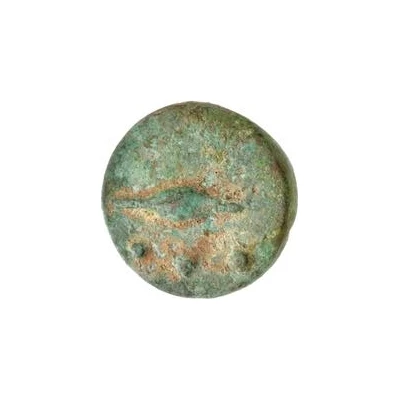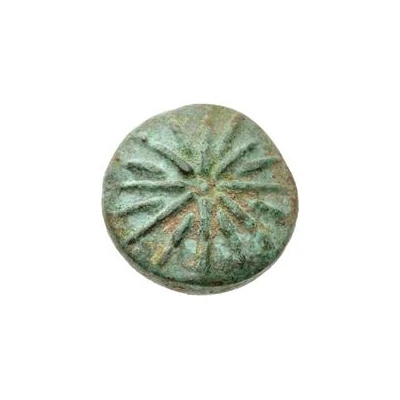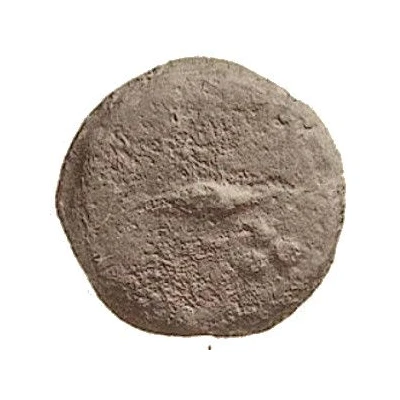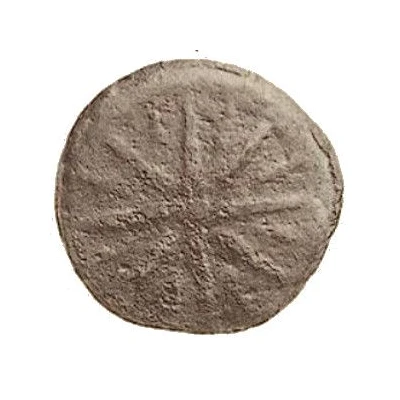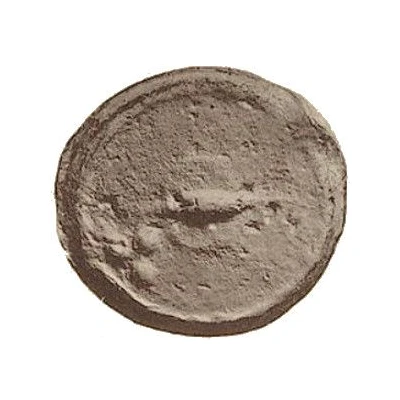
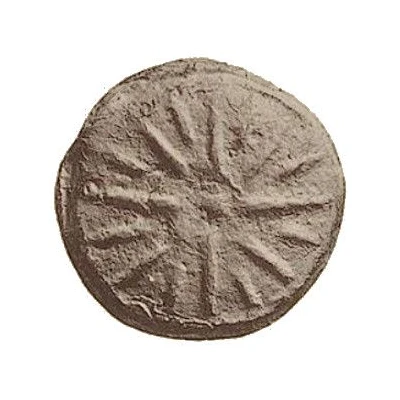

© Ernst Haeberlin; 1910. "Aes Grave". Joseph Baer, Frankfurt, Germany (CC0)
1 Quadrans Dots left 301 BC - 201 BC
| Bronze | 95.87 g | 44 mm |
| Issuer | Uncertain city of Central Italy |
|---|---|
| Type | Standard circulation coin |
| Years | 301 BC - 201 BC |
| Value | Quadrans (¼) |
| Currency | As (circa 301-201 BC) |
| Composition | Bronze |
| Weight | 95.87 g |
| Diameter | 44 mm |
| Shape | Round (irregular) |
| Technique | Cast |
| Demonetized | Yes |
| Updated | 2024-10-10 |
| Numista | N#186402 |
|---|---|
| Rarity index | 100% |
Reverse
Sunburst with sixteen rays.
Edge
Plain
Interesting fact
The Quadrans coin was used in ancient Rome and was equivalent to one-fourth of a Roman denarius, which was the standard unit of currency at the time. The Quadrans was widely used in trade and commerce, and its design featured the image of a goddess, usually Ceres, on one side and a wreath on the other. The coin was made of bronze and had a distinctive dot pattern on one side, which gave it its name (Quadrans means "dot" in Latin). Despite its relatively small value, the Quadrans was an important part of the Roman economy and was used for everyday transactions, such as buying food or paying for services.
